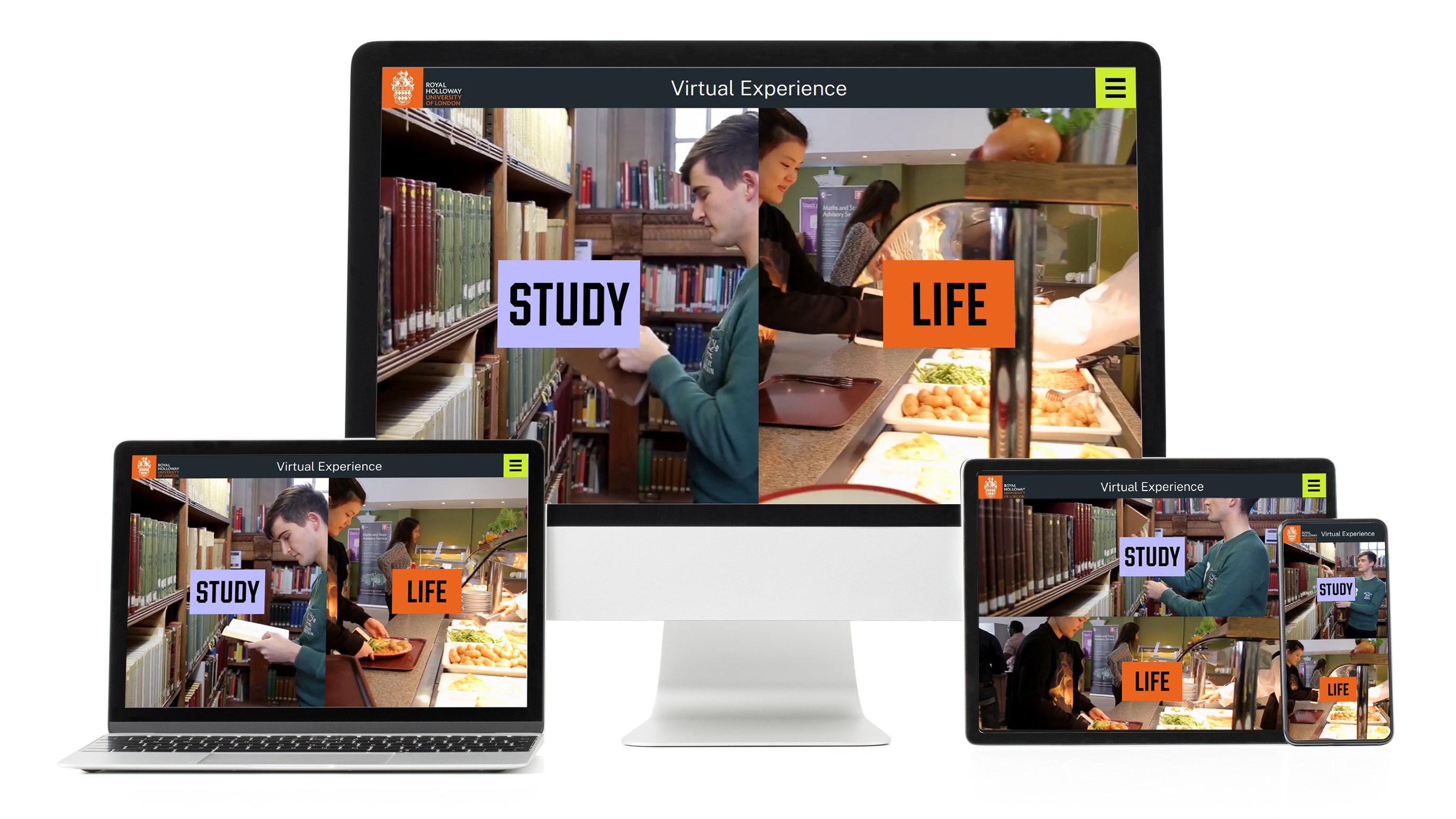Findings from a new research study highlight how workers view the constant connectivity technology brings to the world of employment, and the impact that can have on how they view their work-life balance

The ‘right to disconnect’ movement is gaining increasing popularity worldwide, as advancements in technology mean we are more connected than ever before to the world of work. With Australia introducing new laws to help protect worker’s rights to ‘switch off’ outside of work hours, the impact of constant connectivity on our work-life balance is being brought into the realm of legislation, but is there also a need for society to change expectations to allow for a healthier, more sustainable future.
Dr. Najmeh Hafezieh, Lecturer in Digital Innovation and Analytics, along with Dr. Farjam Eshraghian, Senior Lecturer in Digital Business at the University of Westminster, and Dr. Farveh Farivar, Senior Lecturer in Strategy and Innovation at Curtin University, conducted a research study on how employees perceive and respond to the demands of constant connectivity.
In this article for The Conversation, they outline how the findings of their study identified three distinct reactions to constant connectivity: using it as a resource, a challenge, or the unique but changeable position of seeing both its benefits and drawbacks in order to maintain a work-life balance. The article outlines the implications of their research and discusses how the study can be used by the 'right to disconnect' movement to advocate for legislation. However, it also points out that laws are sometimes not enough; companies must ensure employees also feel enabled to set boundaries to maintain a healthy work-life balance.
Read the article in full via The Conversation here.
























